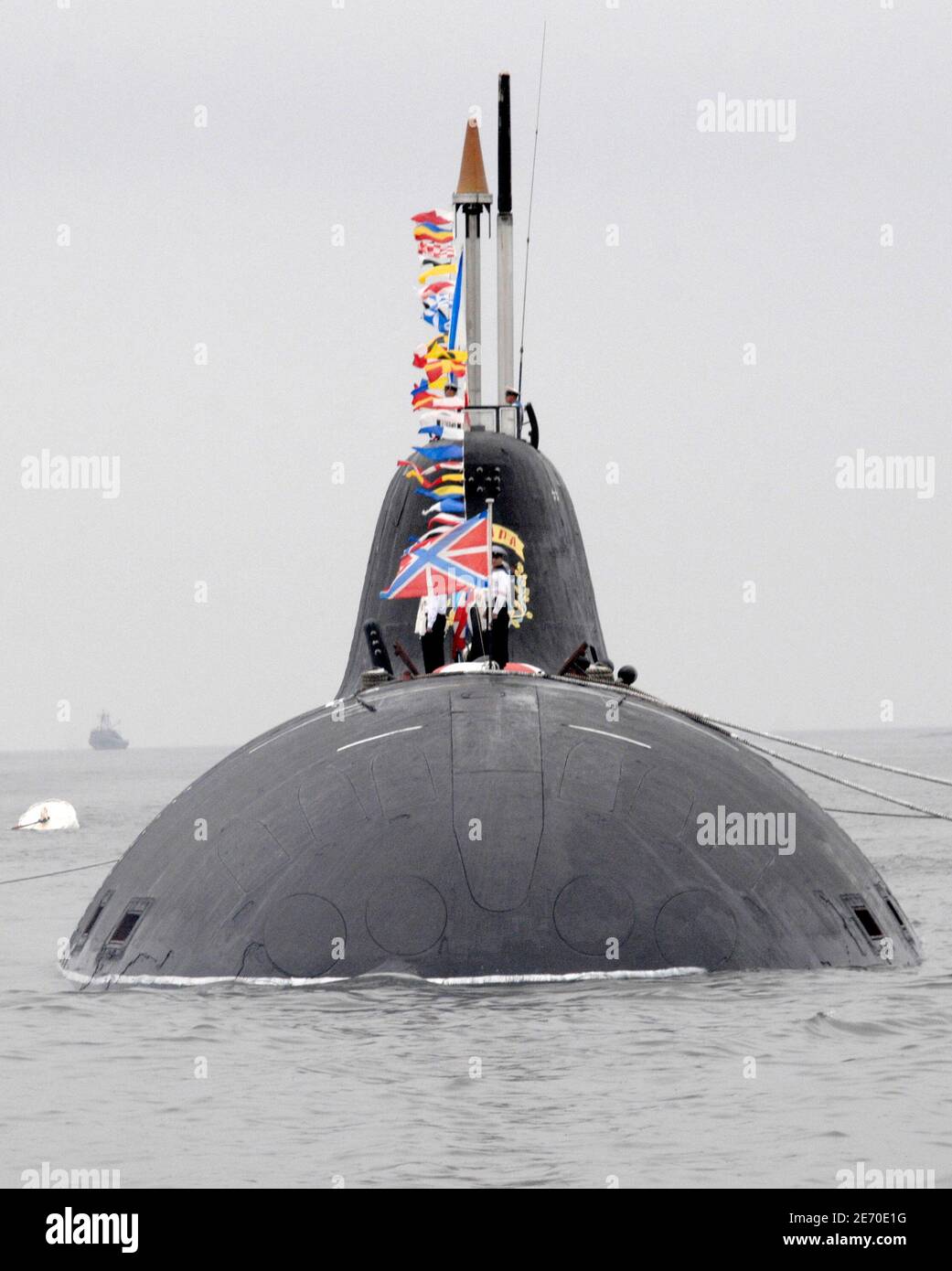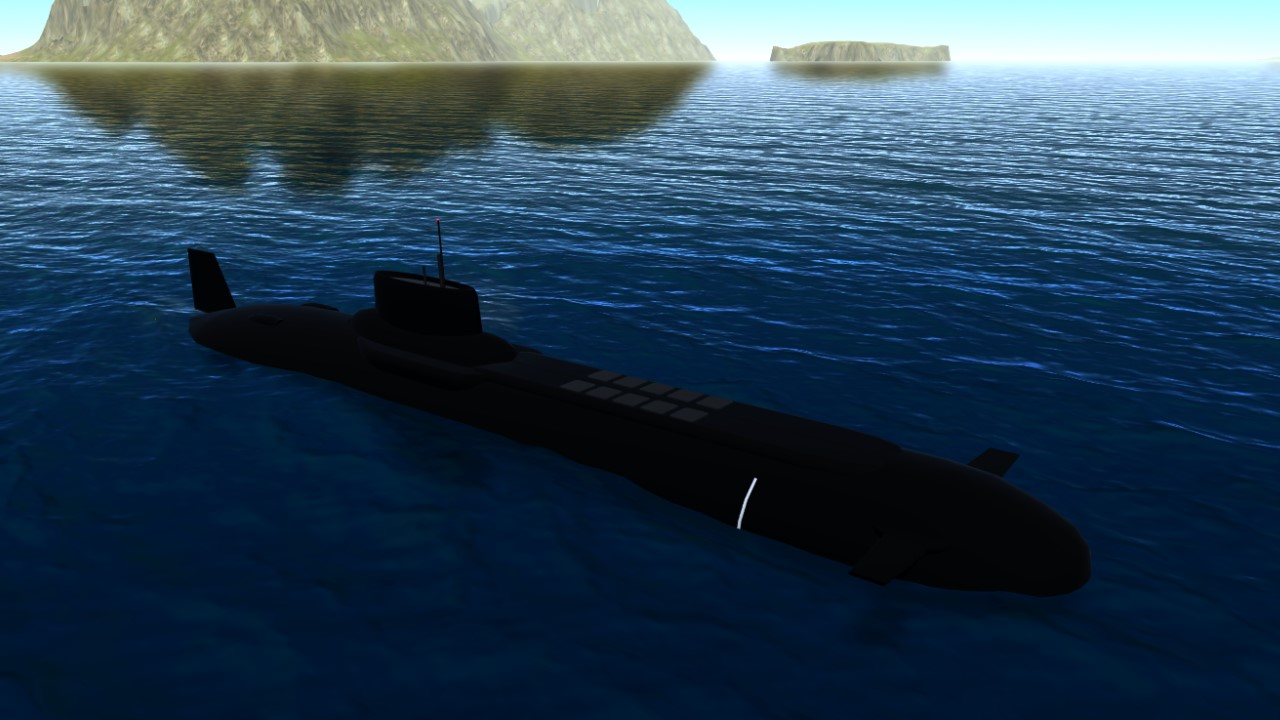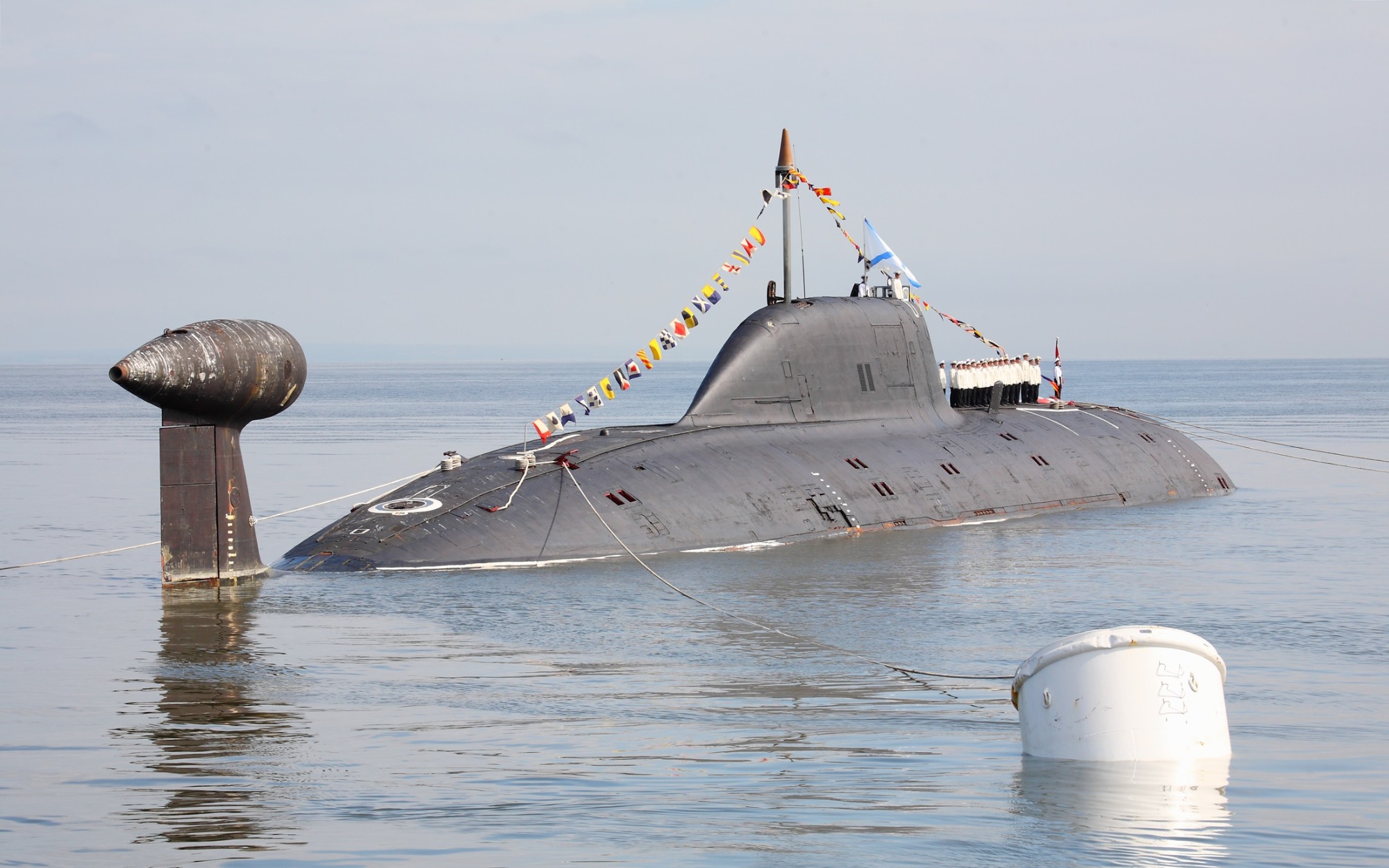Akula Class Submarines - Here's what you need to know: Despite the Akula's low readiness rate, they still make up the bulk of Russia's nuclear attack submarine fleet.
The Soviet Union produced hot-rod submarines that could swim faster, do more damage, and dive deeper than their American counterparts, but the US Navy remained fairly confident that Soviet submarines were superior because they were all so loud. If the superpowers collided, the quieter American submarines had a better chance of spotting their Soviet counterparts first and saluting them with a torpedo. However, that confidence was shattered in the mid-1980s when the Soviet Navy launched its Akula-class nuclear-powered attack submarines. Thirty years later, they are still the mainstay of Russia's nuclear attack submarine fleet, and they are quieter than most of their American counterparts.
Akula Class Submarines

Intelligence provided by spies John Walker and Jerry Wiworth in the 1970s convinced the Soviet Navy that it should get serious about acoustic stealth in its next attack submarine. After the prolific Victor class and the expensive titanium-clad Sierra class, in 1983 construction began on the first Project 971 submarine, Akula ("Shark"). respectively. , allowing Soviet engineers to produce quiet seven-bladed propellers.
Akula Class Submarines Are The Backbone Of Russian Naval Power
The large Akula, which displaced nearly thirteen thousand submerged tons, had the double steel hull typical of Soviet submarines, allowing the ship to absorb more ballast water and survive more damage. The attack submarine's propulsion plant was installed to dampen sound, and anechoic tiles covered its exterior and interior surfaces. Even the flexible holes that allowed water to pass inside the Shark's outer hull had retractable covers to minimize acoustic returns. The 111-meter-long vessel featured its sleek hydrodynamic fin tower and a teardrop-shaped pod above the tail fin that could deploy a towed passive sonar array. A crew of about seventy could man the ship for a hundred days at sea.
She could swim at a speed of thirty-three knots (thirty-eight miles per hour) and operate at a depth of 480 meters, two hundred meters deeper than a modern Los Angeles-class submarine. However, the "Shark" was of more concern to the US Navy
As stealthy as class in Los Angeles. American submarines could no longer take their acoustic superiority for granted. On the other hand, he believed that the Shark's own sensors were inferior.
Akula I submarines, designated Shchuka ("Pike") in Russian service, were primarily intended to hunt US Navy submarines, especially ballistic missile submarines. Four 533 mm torpedo tubes and four large 650 mm tubes can deploy up to forty SS-N-15 Starfish and SS-N-16 Stallion wire torpedoes, mines or long-range anti-ship missiles. Akula can carry up to twelve Granat cruise missiles capable of hitting land targets at a distance of up to three thousand kilometers.
India Russia Nuclear Deal: India, Russia To Ink $3 Billion Nuclear Submarine Deal This Week
Soviet shipyards pumped out seven Akula Is as the US Navy moved forward to build an even stealthier Seawolf-class submarine to compete. However, even with the collapse of the Soviet Union, he launched the first of five improved Project 971U Akula I ships. This was followed by the heavier and slightly longer Class 971A Akula II in the shape of
In 1995, which featured a two-layer muffler system for the power train, damped propulsion systems and new sonar. Both variants had six additional external tubes that could launch missiles or engage torpedoes and a new Strela-3 surface-to-air missile system.
However, the most important improvement was stealth: the new Sharks were now significantly quieter than even the upgraded Los Angeles-class submarines, although some analysts claimed that the latter were still stealthier at higher speeds. You can view the Office of Naval Intelligence's underwater acoustic invisibility comparison chart here. The United States Navy still operates forty-three Los Angeles-class ships, although fourteen newer Seawolf-class and Virginia-class submarines still beat the Akula by stealth.

However, Russian shipyards have struggled to complete the new Akula IIs, which are not cheap: one figure claims they cost $1.55 billion each in 1996, or $2.4 billion in today's dollars. Russia's struggling economy can barely afford to keep the already completed ships in service. Two Akula IIs were scrapped before construction was completed, and three were converted to Borei-class ballistic missile submarines. As for the Akula II
Bronco Akula Ii Class Attack Submarine (nerpa) Ins Chakra
It suffered tragedy in 1998 when a mentally unstable teenage sailor killed eight crew members while in port and threatened to blow up the torpedo room in a confrontation before killing himself.
, the only completed Akula III ship, was deployed in 2001, reportedly boasting what was then the pinnacle of Russian stealth technology. Seven years later, Moscow finally pushed through the funding to complete Akula II
After fifteen years of messy construction. However, during sea trials in November 2008, a fire alarm was inadvertently triggered, flooding the submarine with fire-fighting freon gas that suffocated twenty people on board, mostly civilians, in the worst recent incident in a long and turbulent history of underwater disasters.
Was ready to go and was immediately transferred to a ten-year lease in India for $950 million. Called INS
Russian Naval Shipyard Ceo Praises Akula Class Submarines As Unmatched
Cruise missile due to the limitations of the missile technology control regime. In October 2016, Moscow and New Delhi agreed to lease a second Akula-class submarine, although it is unclear whether it will be the older Akula I.
Although the high price of $2 billion some believe it may be the last. This year, on
It will be joined by the homegrown Arihant class, based on the Akula but reengineered to serve as a ballistic missile submarine.

We count in 2016, but only three or four are in working order, while the rest are awaiting repair. However, the Russian Navy kept its ships busy. In 2009, two sharks were spotted off the US East Coast; reportedly the closest Russian submarines have been seen since the end of the Cold War. Three years later, there was an unconfirmed claim (this time denied by the US Navy) that another Shark spent a month roaming the Gulf of Mexico without being captured. The older ones
Akula Class Submarine Wallpapers
He was even given the honor of "following a foreign submarine for fourteen days." All of these incidents have highlighted concerns that the US Navy needs to refocus on anti-submarine warfare. In recent years, Russia has also been upgrading the Akula fleet to fire deadly Kalibr cruise missiles, which were launched against targets in Syria in 2015 from a Kilo-class submarine.
Despite the Akula's low readiness rate, they still make up the bulk of Russia's nuclear attack submarine fleet and will remain in service for the next decade until production of the Yasen class begins. Until then, the Akula's strong acoustic stealth characteristics will continue to make it a serious challenge for anti-submarine warfare specialists.
Sebastien Roblin earned a master's degree in conflict resolution from Georgetown University and served as a university instructor for the Peace Corps in China. He has also worked in education, publishing and refugee resettlement in France and the United States. He currently writes on security and military history for This article is about the Soviet/Russian class of submarines with the NATO name Typhoon but the native name Shark. For the class of submarines with the NATO information name Shark, see Shark-class submarine.
The Typhoon class, Soviet designation Project 941 Akula (Russian: Акула, meaning "shark", NATO reporting name Typhoon), is a class of nuclear-powered ballistic missile submarines designed and built by the Soviet Union for the Soviet Navy. With a submerged displacement of 48,000 tons,
India, Russia Sign $3 Billion Deal For Nuclear Powered Attack Submarine
The source of the NATO report's name remains unclear, although it is often claimed to be linked to Communist Party General Secretary Leonid Brezhnev's use of the word "typhoon" ("typhoon") in a 1974 speech while describing a new type. of the nuclear-powered ballistic missile submarine in response to the US Navy's new Ohio-class submarine.
The Russian Navy canceled its Typhoon modernization program in March 2012, stating that modernizing one Typhoon would be as expensive as building two new Borei-class submarines.
With the announcement that Russia had phased out the last R-39 Rif SLBM (SS-N-20 Sturgeon) in September 2012, only one Typhoon remained in service, the Dmitry Donskoy, which was armed with the more modern RSM-56 Bulava SLBM. According to one source, it remained in service until July 2022, when it was announced that it had been decommissioned.

However, other sources suggested that it remains operational and that a final decision on its fate will not be made until 2022.
India Russia Sign $3 Billion Deal For New Nuclear Powered Submarine
General provisions of the Typhoon class: 1 - outer hull; 2 - 533 mm forward torpedo tubes; 3 - pressurized helmet (front); 4 - forward storage hydroplanes; 5 - openings for exhaust gases; 6 - the pressure hull of the torpedo compartment; 7 - sonar compartment; 8 - 20 x R-39 ballistic missile tubes; 9 - control room; 10 - capsules for exhaust gases; 11 - retractable devices; 12 - fin; 13 - radio room; 14 - reactor compartment; 15 - hangar doors / carrying capacity for towed communication buoy; 16 - bumps to prevent ice from damaging the propellers; 17 - turbine compartment; 18 - engine compartment, 19 - hydrodynamic vortex for smoothing bumps; 20 - vertical stabilizer; 21 - rudder; 22 - channeled spiral; 23 - stern seaplanes; 24 - sound; 25 - stacking stackers; 26 - missile department; 27 - crew department; 28 - 2 x OK-650 nuclear reactors; 29 - propeller shaft; 30 - horizontal stabilizer; 31 - pressurized helmet (front); 32 - main
Sig p365 tulster holster, sig p365 iwb holster, sig holsters p365, sig p365 sas holster, sig p365 xl holster, sig p365 hybrid holster, appendix holster sig p365, safariland holster sig p365, sig p365 belt holster, sig p365 holster, sig p365 purse holster, sig sauer p365 holster
0 Comments